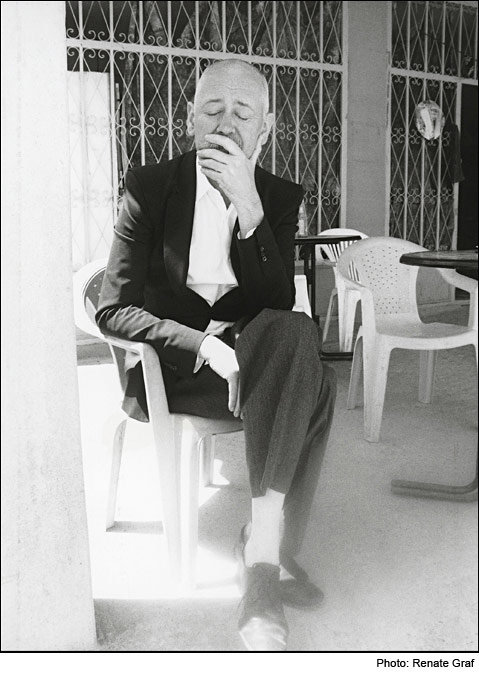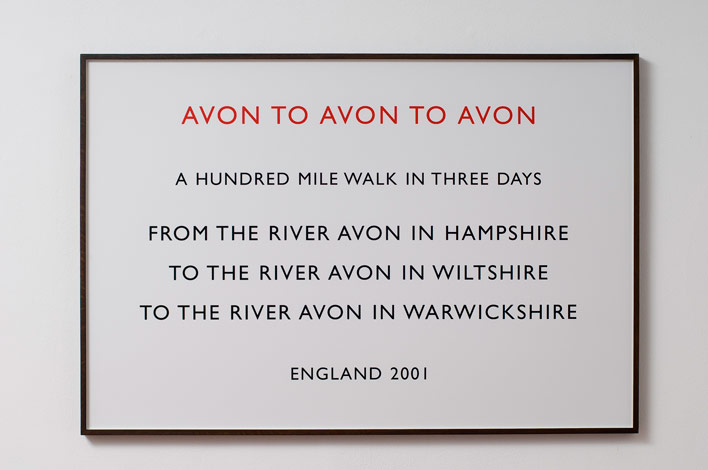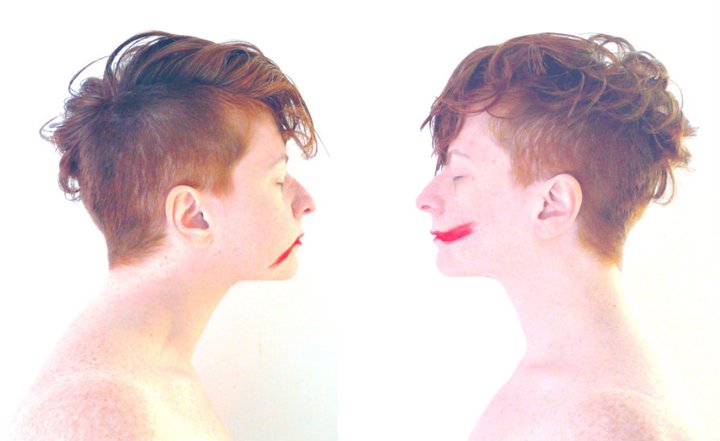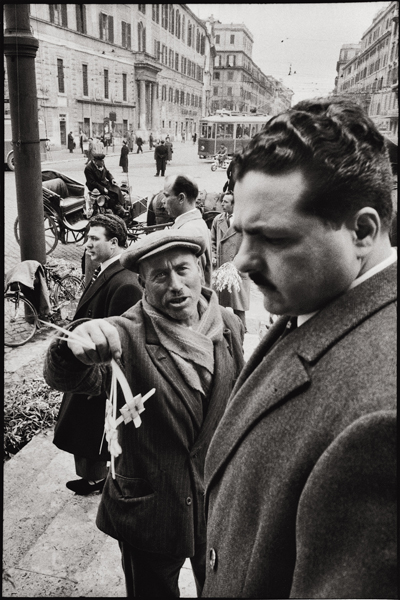
Luce riflessa, luce artificiale, luce che svela, luce che permette la vita.
Negli spazi della Galleria Locarn O’ Neill a prima vista ci sarebbe da confrontarsi con una scala di grigi 8 bit, che sorpresa allora quando lo spettro luminoso, proprio come una presenza spiritica, appare fugacemente in tutta la sua fantasmagoria.
Si sa che, fin dagli anni novanta, il gallese Wyn Evans, ha cominciato ad interessarsi a quelli che sarebbero diventati gli elementi fondanti della sua ricerca , ovvero un’analisi della percezione, della comunicazione e del linguaggio. Una delle sue prime intuizioni è stata quella delle “sculture di luce”, lampadari o filamenti luminosi, responsabili di più di una scotoma certo, ma anche di grandi coinvolgimenti emotivi, senza accantonare il lato concettuale, seppur anch’esso un po’ romantico (i comandi trasmessi ai computer che regolavano l’accensione random delle illuminazioni, erano basati su traduzioni di segnali morse ricavati dai testi di poeti tenuti in grande considerazione dall’artista, come William Blake, Guy Debord, Maurice Marleau-Ponty).
Lo scorso aprile abbiamo visto una di queste sculture dal titolo “I=N=V=O=C=A=T=I=O=N (I call your image to mind)” al Palazzo della Triennale di Milano, dove l’installazione composta di luci al neon era sospesa ad oltre6 metridi altezza.
I “New Works” invece, questi nuovi lavori di Cerith, non hanno un legame ben preciso tra di loro, si possono vivere come lente scoperte, a patto che il fruitore sappia stare al gioco, diventando un attento esploratore.
La scelta di imprimere argento su argento riproduzioni di massa, in questo caso addirittura fotografie giapponesi prese da riviste anni settanta fa si che, viste frontalmente come si è solitamente abituati, esse siano indecifrabili.
Il fascino di questa operazione sta nell’intuizione da parte di chi guarda che non si tratta di una superficie muta, ma che contiene un segreto da svelare, una verità che si intravede a bagliori, come delle gambe femminili sotto una gonna di veli sovrapposti.
Solamente spostandosi lateralmente infatti, solamente in un punto preciso per ogni lastra, apparirà chiara l’immagine. E la pudicizia nel celare queste fotografie rappresentanti scene di erotismo omosessuale da giornaletto porno con qualche pretesa, crea una sorta di stupore che porta ad un’inevitabile riflessione;
Si tratta di un semplice straniamento seducente, o forse il compito dell’artista è recuperare con la delicatezza della poesia la crudezza dell’immagine mainstream, riabilitare l’erotismo, di qualunque tipo esso si tratti, in una dimensione che non sia quella volgare e spiattellata persino in televisione nelle fasce orarie protette?
L’idea che sia in ballo qualcosa di profondo emerge dalla scritta a neon di fronte alla parete “Soffro per voi, ma come fate?”. Facile che salgano alla mente gli incisi dell’”Edipo Re” di Pasolini, al quale non a caso lo stesso Cerith nel novantotto ha dedicato un lavoro, fuochi d’artificio sulla spiaggia di Ostia, selezionando stralci di dialogo proprio dalla pellicola.
E’ con un senso di fatalità nell’animo quindi, che rivolgendosi a destra si incontra l’opera dal significativo titolo “Untitled (Perfect Lovers +1)” , tre orologi da parete perfettamente sincronizzati, i quali richiamano una visione contemporaneamente metafisica e futuristica dell’amore, del tempo del cuore, del tempo attuale delle relazioni nella vita moderna, in un triangolo che non cessa di comunicare l’inquietudine della precisione e del calcolo.
Non è finita. Cerith modifica l’ambiente della galleria con delle colonne specchianti, il connubio perfetto tra identità e luce, chiamando in causa una volta in più quest’ultima a definire le lettere tagliate nella carta, in un progetto di comunicazione che coinvolge altre opere realizzate stavolta con l’inchiostro nero.
E infine luce che dona la vita, come nell’opera che vede issate su due di tre colonne a specchio un cactus e un’orchidea, nutrite da rimbalzi luminosi.
Ancora tre.
E ancora viene da specchiarsi e riflettere su sé stessi come sotto uno spotlight.
Naima Morelli
30 September h 6.30 p.m.
Galleria Lorcan O’Neill
via Orti D’Alibert, 1e Roma
(pubblicato su Teknemedia, ottobre 2009)
Read More








